Drip coffee brewing temperature suitable for how many degrees best to drink? Hand brewed coffee temperature parameters
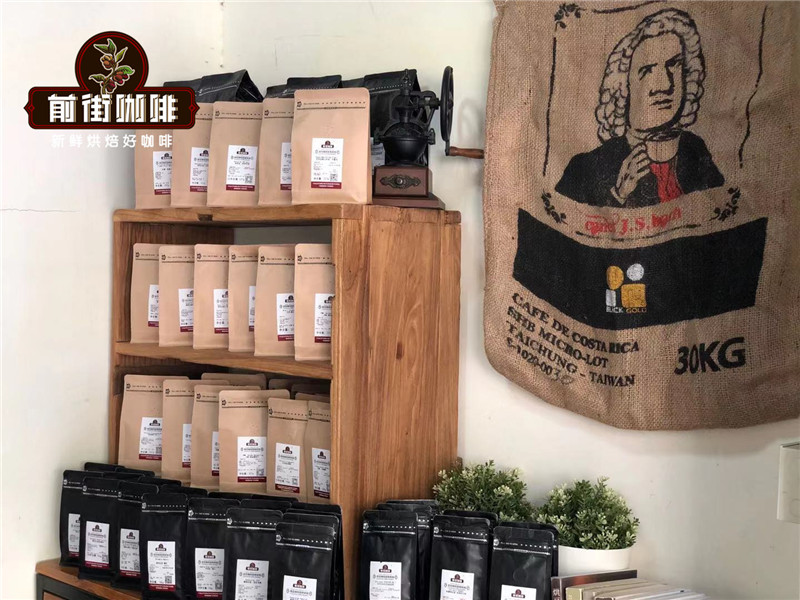
Professional coffee knowledge exchange more coffee bean information please follow the coffee workshop (Wechat official account cafe_style)
Every day, many friends brew coffee by hand without a thermometer, using a general water temperature to brew a type of coffee beans, and then because they taste different each time, they begin to question whether the coffee beans are not fresh or tasteless. How much does the difference in water temperature make a difference in the flavor of coffee? In front of the street, this article will talk about the effect of the water temperature of hand-brewed coffee on coffee extraction.
In Qianjie, coffee beans were washed and compared with those from Yega Sheffield Tintin Cooperative, Ethiopia. The recommended water temperature for hand-brewed coffee is 86-93 ℃, so this brewing is divided into five groups: 80 ℃, 86 ℃, 90 ℃, 93 ℃, 96 ℃.
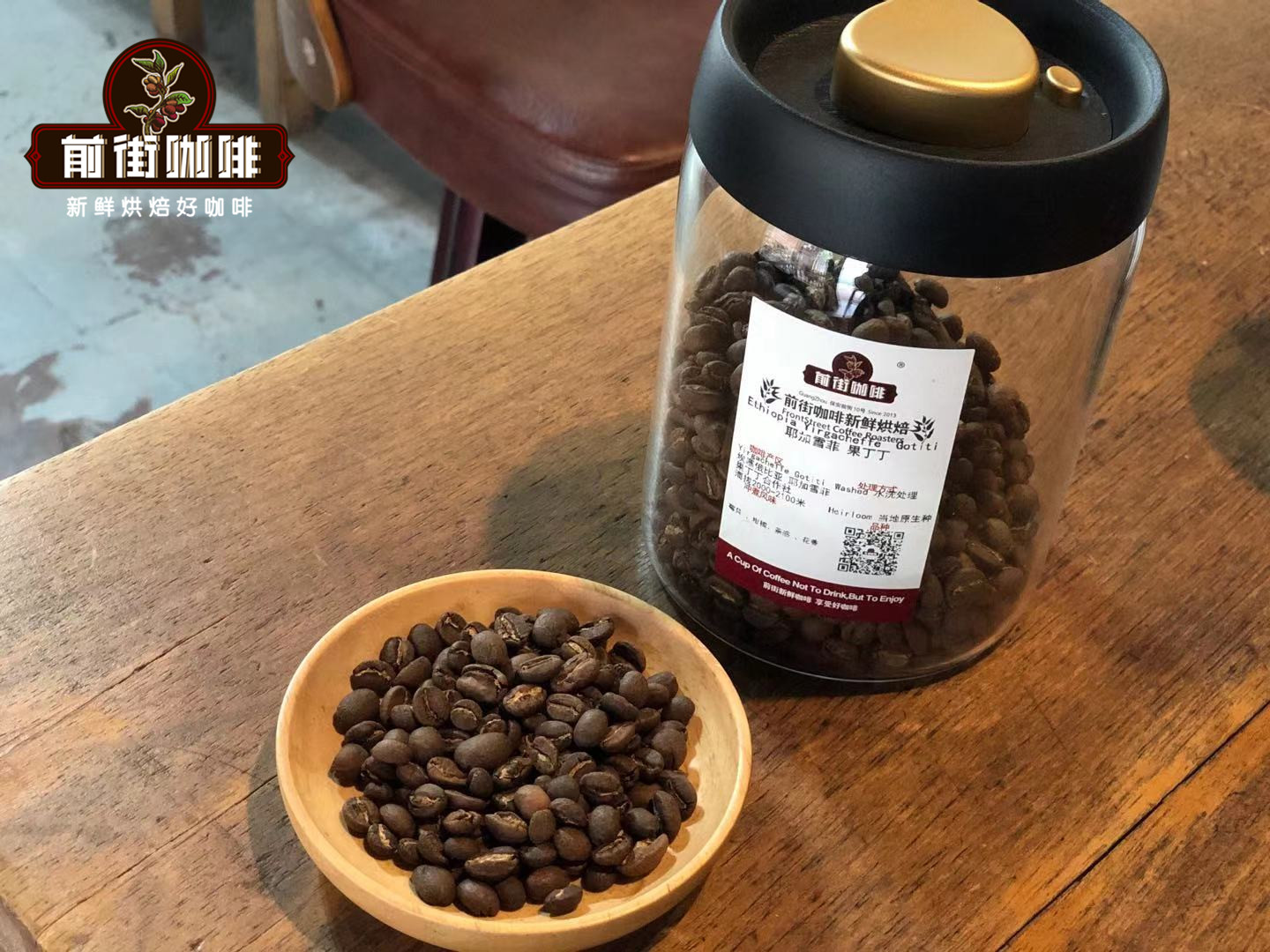
The cooking parameters of Qianjie are as follows:
Filter cup: Hario V60
Degree of grinding: medium and fine grinding (0.85mm aperture screen screening rate 75%)
Powder content: 15g
Ratio of powder to water: 1:15
Water temperature: 80 ℃, 86 ℃, 90 ℃, 93 ℃, 96 ℃
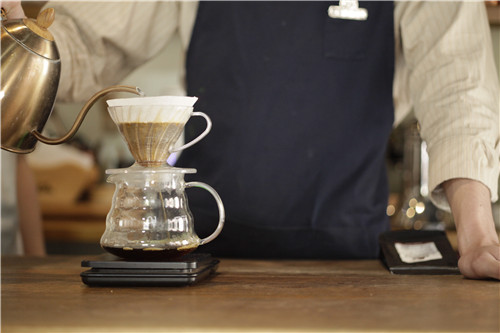
Qianjie segmented extraction: this time using segmented brewing, first inject 30g of water for steaming for 30s, then the coffee expands into a "hamburger" shape. The center of the second section is filled with 125g water in a small circle. The height of water injection is 4cm, the strength is gentle, and the tumbling strength of the powder layer is reduced as much as possible, and the flow speed falls at 4G per second. When the water level drops to 1 stroke 2 of the silt layer, the third stage of water injection begins, and the water injection in this section is also gently circled from the center to the end of 225g. Finish the extraction after all the coffee liquid in the filter cup has been dripped, and the time is 2pm / 39 / 01 ". Shake gently after the coffee has been extracted, and then taste it after the coffee liquid is fully uniform.
After 5 times of cooking at different water temperatures, the results were as follows: 80 ℃: slightly acerbity, lemon peel, obvious sense of tea, the main tone was sweet tea. 86 ℃: kumquat acid, slightly acerbic. 90 ℃: bright citrus acidity with obvious sweetness of fruit. 93 ℃: bright citrus acid with black tea in the back. 96 ℃: fruit tea, with astringent feeling and concentrated flavor.
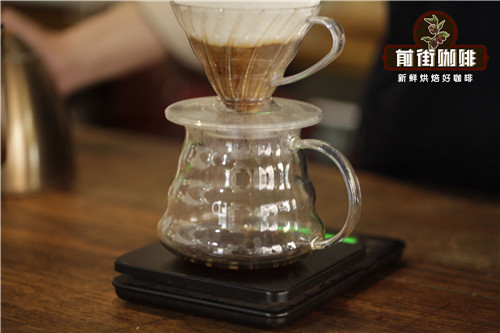
What is the effect of water temperature on coffee extraction? The data from the Qianjie brewing experiment showed that the higher the water temperature, the more coffee substances extracted and the higher the concentration; the lower the water temperature, the less coffee substances extracted and the lower the concentration. In terms of flavor, in the case of other parameters (shallow roasted coffee), the lower the water temperature, the extracted coffee will tend to acidity, the higher the water temperature, the extracted coffee will tend to bitter and sweet. The higher the concentration of coffee, the better, and the more coffee substances extracted, the better, so proper water temperature can avoid the bitterness of coffee caused by excessive extraction and reduce the weak taste of coffee caused by insufficient extraction.
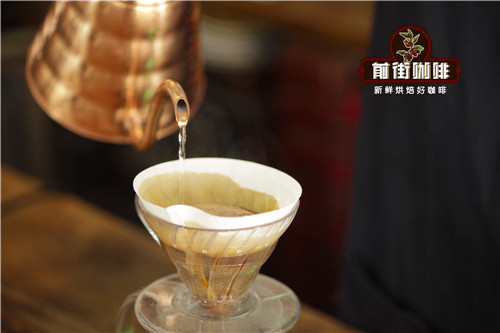
Why do different water temperatures have different coffee flavors?
In the process of hand brewing, water and coffee will undergo some complex chemical reactions, resulting in different reactions at different stages, and the water temperature will directly affect the extraction rate of different ingredients in the coffee during brewing. extract quinic acid, amino acids and tannins, caffeine, oils and other substances in coffee.
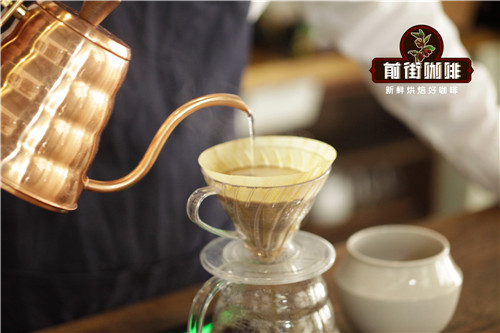
Coffee beans 2/3 are made of lignocellulose and 1/3 are soluble odor molecules that are dissolved in order according to the size of the molecules when they come into contact with water. The first small molecules dissolved include acidity and aroma, then the sweetness of middle molecules, and finally the bitter taste of macromolecules, which is where the different levels of coffee taste come from. The water temperature is the key to accelerate the release of odor molecules. Too high temperature will make the odor molecules release too quickly. If extracted at the same extraction time, the odor molecules will be completely released before the extraction is completed. Then the remaining extraction time will release the taste of woody fiber, making the coffee woody, astringent and so on. If the low temperature is too low, the odor molecules will be released too slowly, and the odor molecules will not be completely released after the extraction is completed, so the coffee will only have a sweet and sour feeling and lack a mellow flavor. the whole will appear thin.
So how much water temperature should be used in daily cooking? The water temperature of hand-brewed coffee is generally recommended between 86 and 93 degrees Celsius, between 90 and 93 degrees Celsius for lightly roasted beans (freshly brewed Yega Chuefei beans), and between 90 and 93 degrees Celsius for lightly roasted beans (such as the PWN Gold Mantenin beans on Front Street). Use a lower water temperature between 86 and 88 degrees Celsius.
For more boutique coffee beans, please add private Qianjie coffee on Wechat. WeChat account: kaixinguoguo0925
Important Notice :
前街咖啡 FrontStreet Coffee has moved to new addredd:
FrontStreet Coffee Address: 315,Donghua East Road,GuangZhou
Tel:020 38364473
- Prev
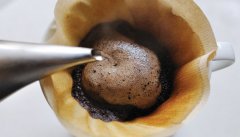
What is the appropriate temperature for hand-brewed coffee? How to adjust the water temperature according to the baking degree and confidence degree of coffee beans
Professional coffee knowledge exchange more coffee bean information Please pay attention to the coffee workshop (Wechat official account cafe_style) the relationship between brewing water temperature and extraction tools as well as the freshness of coffee beans the relationship between water temperature and extraction tools determines the flavor of a cup of coffee, so the quality of water is as important as the quality of coffee beans. When brewing coffee, the hot water should also be heated.
- Next
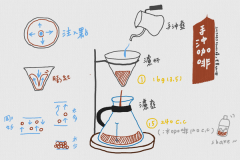
Is your hand flushing method correct? The recommended range of water temperature is 81-92 degrees.
Professional coffee knowledge exchange more coffee bean information please follow the coffee workshop (Wechat official account cafe_style) the relationship between hand brewing water temperature and extraction tools as well as the freshness of coffee beans. I believe that many coffee lovers like to brew coffee by hand, on the one hand, they can experience the fun of brewing coffee, on the other hand, they can enjoy a cup of coffee with individual flavor, but you know that your hand brewing method is correct.
Related
- Beginners will see the "Coffee pull flower" guide!
- What is the difference between ice blog purified milk and ordinary milk coffee?
- Why is the Philippines the largest producer of crops in Liberia?
- For coffee extraction, should the fine powder be retained?
- How does extracted espresso fill pressed powder? How much strength does it take to press the powder?
- How to make jasmine cold extract coffee? Is the jasmine + latte good?
- Will this little toy really make the coffee taste better? How does Lily Drip affect coffee extraction?
- Will the action of slapping the filter cup also affect coffee extraction?
- What's the difference between powder-to-water ratio and powder-to-liquid ratio?
- What is the Ethiopian local species? What does it have to do with Heirloom native species?

